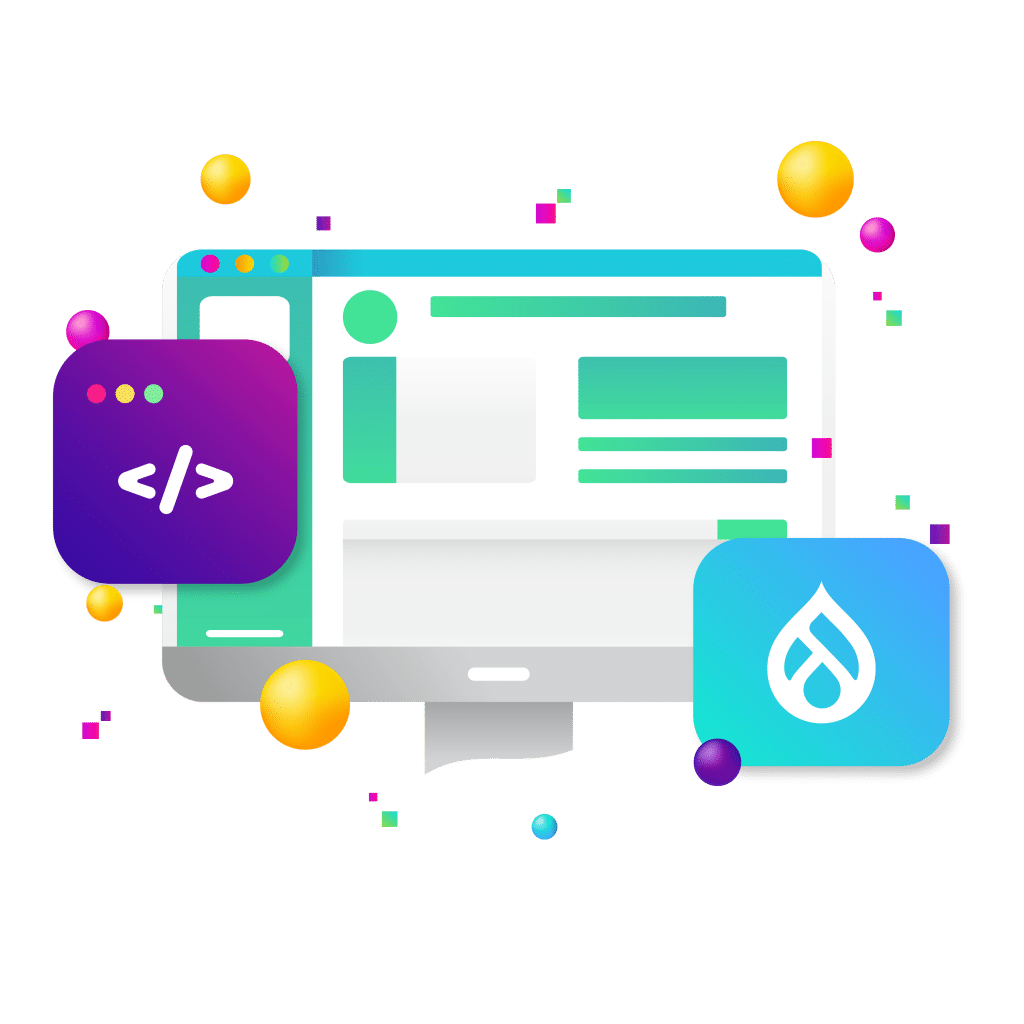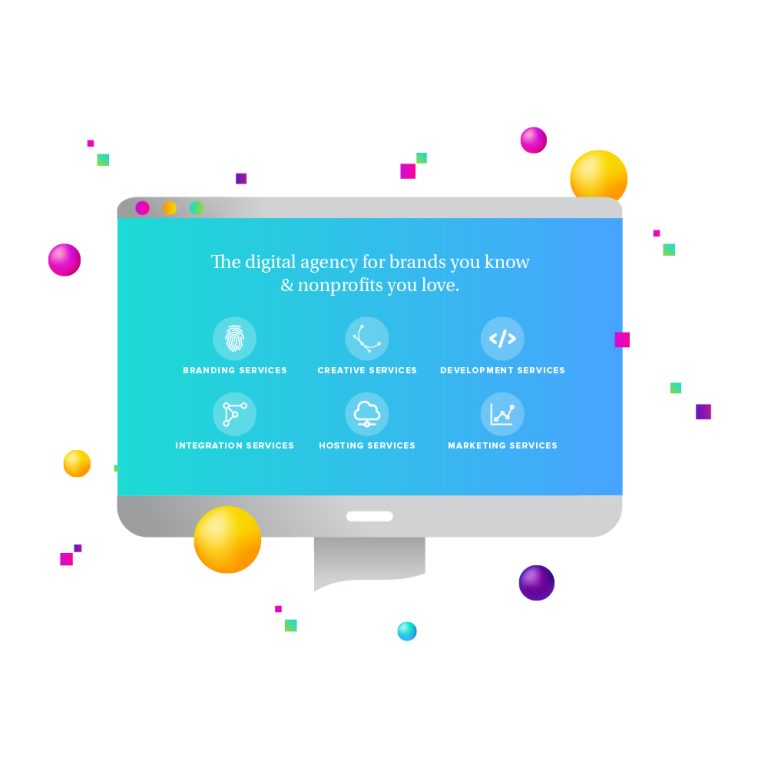
Businesses need flexible, scalable, and secure solutions to manage content across multiple platforms. Drupal, one of the most popular content management systems (CMS), has evolved to meet these needs, especially through its capabilities as a headless CMS. This article explores what makes Drupal headless CMS a powerful solution, how it works, and the benefits and challenges of using it in a decoupled architecture.
1. What Is Drupal and What Is a Headless CMS?
Drupal is a powerful, open-source content management system known for its flexibility, scalability, and strong community support. Traditionally, it has been used to build websites where the backend (content management) and the frontend (presentation layer) are tightly integrated.
A headless CMS differs from a traditional CMS by decoupling the backend from the frontend. In a headless setup, the CMS handles the content creation and management, but it does not dictate how the content is displayed. Instead, the content is delivered through APIs (Application Programming Interfaces) to any frontend application, be it a website, mobile app, or another platform. This separation allows developers more freedom to choose the technologies they want to use on the frontend while still leveraging the CMS’s backend for managing content.
2. How Drupal Headless CMS Functions
Drupal has embraced the headless CMS trend by offering robust support for APIs, enabling decoupled or headless architectures. In this setup, Drupal serves as the content repository, while the frontend is built using any technology the development team prefers.
At the core of this functionality are Drupal’s API-first capabilities. Drupal provides built-in RESTful and GraphQL APIs, which allow developers to retrieve content stored in Drupal and display it on different platforms. This decoupled nature empowers developers to use popular frontend frameworks like React, Angular, or Vue.js to build rich, dynamic user experiences, while Drupal continues to handle the content and its underlying data.
With APIs, the flexibility to deliver content to multiple frontends becomes a significant advantage, as Drupal acts purely as a backend system, providing content to any interface capable of consuming the APIs.
3. Benefits of Using Drupal Headless CMS
Flexibility in Frontend Development
One of the most significant advantages of using Drupal headless CMS is the flexibility it offers. Frontend developers are no longer bound to Drupal’s theming layer; instead, they can build custom frontends using modern JavaScript frameworks such as React, Angular, or Vue. This flexibility allows for highly customized user experiences, faster load times, and interactive features that traditional CMS setups may struggle to offer.
Scalability and Performance
Headless Drupal is also known for its scalability. Since the frontend and backend are separate, each component can be optimized independently. This means the frontend can be tailored to deliver better performance, and the backend can focus on managing content without being weighed down by rendering concerns. In large-scale websites or applications, this separation can lead to a smoother and more efficient operation.
Omnichannel Content Delivery
One of the core reasons businesses adopt a headless CMS is to deliver content across multiple platforms—web, mobile, voice assistants, or even Internet of Things (IoT) devices. With a headless Drupal setup, content can be reused and delivered consistently across these platforms, making it easier to maintain a unified brand presence and user experience.
Security and Content Governance
Even in a headless architecture, Drupal’s powerful security features remain intact. Drupal has a long-standing reputation for being highly secure, and its headless configuration does not compromise that. Additionally, centralized content management, along with access control and content governance, ensures that only authorized users can manage and publish content.
4. Challenges and Considerations
Development Complexity
The freedom of headless architecture comes with added complexity. Building and maintaining a decoupled system requires more technical expertise compared to a traditional Drupal website. Teams need to manage multiple components, including APIs, backend configuration, and frontend frameworks. This complexity can increase development time and costs.
Performance Considerations
Although headless systems can improve scalability, there are challenges in ensuring smooth performance between the decoupled backend and frontend. APIs can introduce latency, and without proper caching strategies, performance might suffer. Developers must carefully plan how data is fetched and delivered to the frontend to minimize delays.
Content Preview Challenges
In a traditional CMS, editors can preview how content will look before publishing. However, with headless CMSs, the separation of the backend and frontend can make this more challenging. Drupal developers often need to create custom solutions to provide editors with a way to preview content as it will appear on different platforms.
5. When to Choose Drupal as a Headless CMS
Ideal Use Cases
Drupal’s headless capabilities shine in projects that require multi-channel content delivery, complex frontend development, or integration with other technologies. For example, global brands that need to deliver content to websites, mobile apps, and smart devices simultaneously can benefit from the flexibility of a decoupled architecture. Similarly, projects that require a highly customized user experience on the frontend can leverage headless Drupal to build exactly what is needed without frontend constraints.
When Traditional Drupal May Be Better
Not every project requires the complexity of a headless CMS. Smaller websites or teams without frontend development resources may find a traditional Drupal setup to be more suitable. In these cases, the out-of-the-box theming options and ease of use of Drupal’s frontend can simplify development while still offering powerful content management capabilities.
Drupal’s flexibility as a headless CMS makes it an attractive solution for businesses looking to manage content centrally while delivering it to multiple platforms. Its API-first architecture allows for seamless content delivery, while maintaining the security, scalability, and content governance that Drupal is known for. While headless Drupal does introduce complexity, the benefits of flexibility, performance, and omnichannel delivery often outweigh the challenges, especially for large-scale, content-heavy projects.
New Target’s extensive experience with Drupal development allows us to deliver tailored, high-performance digital solutions that harness the full potential of this powerful CMS. Our team has been working with Drupal for years, consistently contributing to its vibrant community, speaking at key events like DrupalCon, and delivering successful projects for high-profile brands and nonprofits alike.
Whether you’re looking to migrate to Drupal 10, optimize your site’s performance, or integrate third-party tools through Drupal’s robust API-first architecture, we have the expertise to help. We specialize in creating custom workflows, optimizing security, and ensuring your website scales seamlessly, even in complex environments. By leveraging our deep knowledge of Drupal’s modular architecture and API capabilities, New Target can craft dynamic, secure, and scalable websites that meet your unique needs, empowering your digital presence across platforms.



